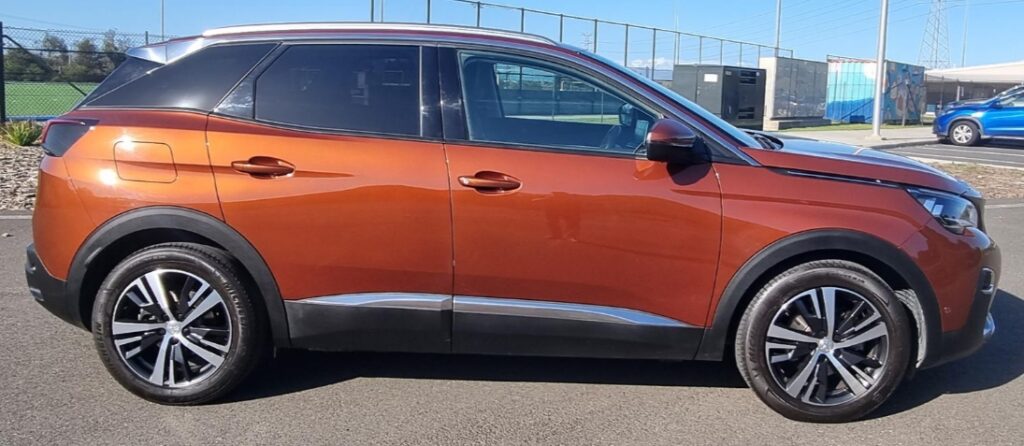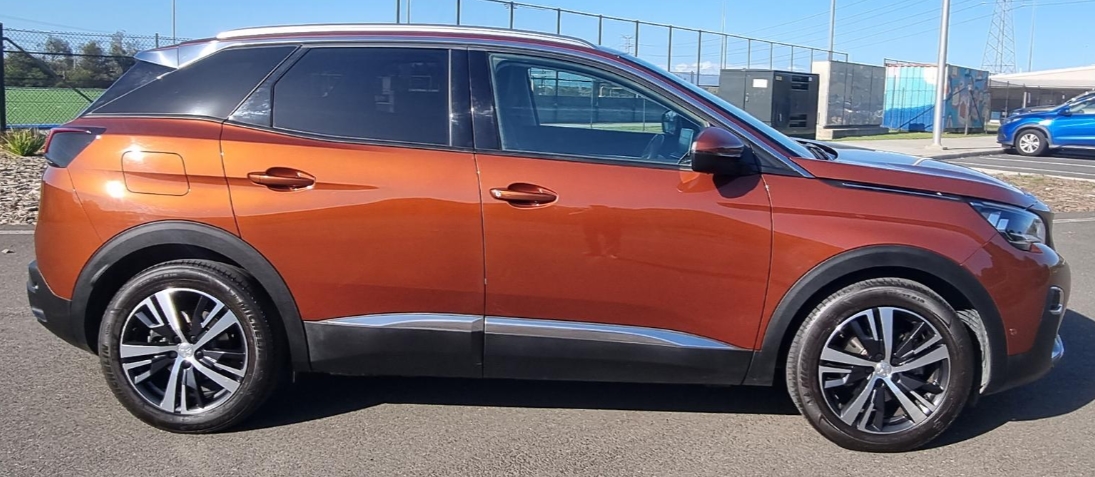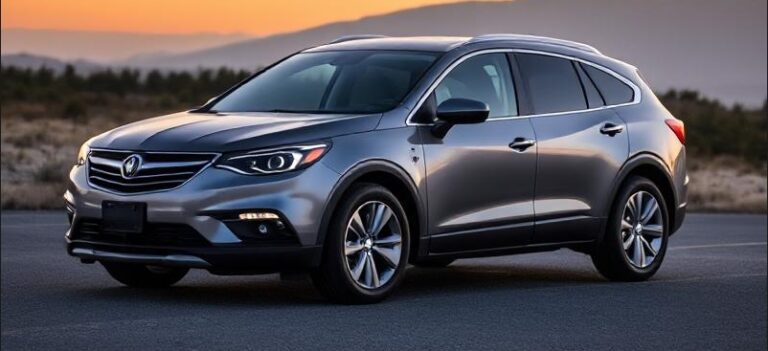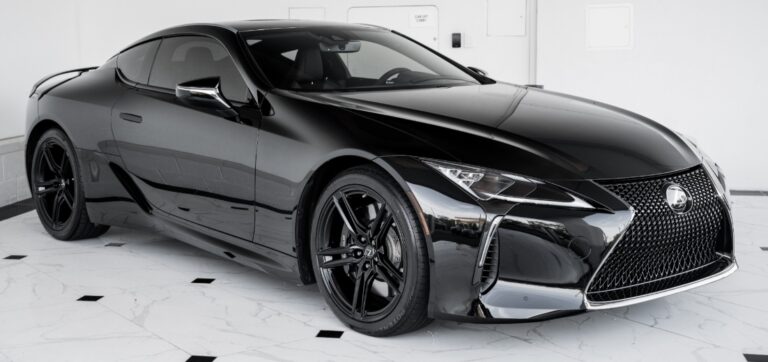The Metamorphosis of a Lion: Charting the Evolution of the Peugeot 3008
In the annals of modern automotive history, few vehicles can claim a transformation as dramatic and successful as the Peugeot 3008. Its journey is not merely one of incremental updates but a story of reinvention, a bold pivot that mirrored the shifting tastes of the global car buyer and redefined the Peugeot brand itself. From a practical, if somewhat awkward, crossover to an award-winning, design-led SUV, and now a futuristic electric fastback, the 3008’s evolution is a masterclass in reading the market and daring to change.
The First Generation (2009-2016): The Crossover Conundrum
When the first-generation Peugeot 3008 debuted in 2009, the automotive landscape was in flux. The traditional family hatchback and the Multi-Purpose Vehicle (MPV) were seeing their dominance challenged by a new breed of vehicle pioneered by the likes of the Nissan Qashqai: the crossover. Peugeot’s response was the 3008, a car that, true to the crossover name, sat squarely on the fence between several segments.
Design and Concept: Visually, the first 3008 was an automotive enigma. It possessed the high driving position and tall body of an MPV, but its rugged plastic cladding and optional ‘Grip Control’ system hinted at SUV aspirations. Its most notable features were its large, toothy grille and a bulbous, rounded silhouette that prioritized interior space over aesthetic aggression. A key practical touch was the split “hobby” tailgate, similar to a Range Rover, where the lower section could fold down to create a bench capable of supporting 200kg—perfect for picnics or changing muddy boots. Peugeot marketed it not as an SUV, but as a “Crossover by Peugeot,” a tagline that accurately captured its ambiguous identity.
The Cabin: A Glimpse of the Future: While the exterior was divisive, the interior was a revelation and a clear precursor to Peugeot’s future direction. The driver was enveloped in a high, sweeping centre console that created a distinct ‘cockpit’ feel, separating them from the front passenger. The quality of materials was a significant step up for the brand, with soft-touch plastics and elegant metallic accents.
Technologically, it was ahead of its time, offering an optional pop-up Head-Up Display (HUD) and an advanced Dynamic Roll Control system on higher-spec models to mitigate body roll in corners.
Models and Trim Levels: Throughout its lifespan in the UK market, the trim structure generally followed a clear hierarchy:
Access: The entry-level model, featuring essentials like air conditioning, electric front windows, and a CD player.
SR: A business-focused trim that added features like satellite navigation and Bluetooth connectivity.
Active: The likely bestseller, building on the Access with additions like alloy wheels, cruise control, automatic headlights and wipers, and rear parking sensors.
Allure: A more luxurious specification that included the Head-Up Display, a panoramic glass roof, dual-zone climate control, and larger alloy wheels.
Sport: An early trim level that focused on a more dynamic feel, often with features similar to the Active but with a sportier trim finish.
Powertrains and the Groundbreaking HYbrid4: The first 3008 was offered with a range of reliable petrol and diesel engines, including the 1.6-litre VTi and turbocharged THP petrols, and the highly efficient 1.6-litre HDi and more powerful 2.0-litre HDi diesels.
The generation’s true party piece, however, arrived in 2012: the 3008 HYbrid4. This was the world’s first mass-produced diesel-electric hybrid. It ingeniously paired a 2.0-litre HDi engine driving the front wheels with an electric motor powering the rears. This created an innovative “through-the-road” four-wheel-drive system without a physical connection between the axles. It could run in pure electric mode for short distances, offer a combined 200 bhp performance boost, or provide 4WD traction when needed. While technologically fascinating, its complexity, weight, and price premium meant it remained a niche choice.
A 2013 facelift brought a more refined front grille and updated lighting, smoothing some of the car’s initial awkwardness, but its fundamental character remained unchanged. The first 3008 was a competent, practical, and comfortable car, but it lacked the crucial desirability factor needed to conquer the burgeoning SUV market.
The Second Generation (2016-2023): The SUV Revolution
If the first 3008 was a hesitant step into a new market, its successor was a confident, revolutionary leap. Unveiled in 2016, the second-generation 3008 was a total and utter reinvention. Peugeot threw away the MPV-crossover blueprint and went all-in on a pure, unadulterated SUV design.
Design: From Wallflower to Supermodel: The transformation was staggering. The bulbous curves were replaced with sharp, sculpted lines, a high bonnet, and an aggressive, upright chrome grille. The signature “claw-like” rear LED lights and a black band connecting them gave the car an unmistakable identity, while the “floating roof” design, achieved with blacked-out pillars, added a premium, dynamic flair. This was no longer just a practical family car; it was a style statement. The market agreed, and the accolades poured in, culminating in the prestigious 2017 European Car of the Year award.
The i-Cockpit: A New Brand Identity: The revolutionary spirit continued inside with the debut of the second generation of Peugeot’s i-Cockpit. This philosophy centred around three core elements: a compact, low-slung steering wheel, a customisable 12.3-inch digital instrument panel viewed over the wheel, and a central 8-inch touchscreen angled towards the driver. A row of elegant “piano key” toggle switches for essential functions provided a satisfying tactile feel. It was a bold, futuristic layout that was initially polarising but quickly became a beloved Peugeot trademark.
Models and Trim Levels: The new, more premium positioning was reflected in an updated trim structure:
Active: The new entry point, but it was far from basic, featuring the full i-Cockpit with the digital instrument display, dual-zone climate control, and rear parking sensors.
Allure: Added a suite of desirable features including satellite navigation, front and rear parking sensors, a reversing camera, and larger 18-inch alloy wheels.
GT Line: A hugely popular trim that brought a sporty aesthetic without the expense of the most powerful engine. It featured a full LED headlight signature, a sports front bumper, twin exhaust effect trim, and unique interior trim with contrast stitching.
GT: The pinnacle of the range, exclusively paired with the most powerful diesel (and later, hybrid) engines. It came with 19-inch wheels, Alcantara trim, an adaptive cruise control system, and a panoramic sunroof as standard.
Note: Later in its life, Peugeot introduced supplementary trims like Active Premium and Allure Premium, which bundled popular options together for better value.
Powertrains: Efficiency and Plug-in Power: Engine choices were updated to Peugeot’s excellent range of PureTech petrol and BlueHDi diesel engines. The 1.2-litre three-cylinder PureTech turbo petrol, in particular, won multiple Engine of the Year awards for its blend of punchy performance and impressive economy.
The 2020 facelift sharpened the 3008’s styling even further, introducing a stunning frameless front grille that blended seamlessly into the new, more aggressive headlights, which now featured the “sabre-tooth” daytime running light signature seen on the 208 and 508. Inside, the infotainment screen was upgraded to a larger 10-inch display.
This facelift also brought a more sophisticated hybrid offering. Dropping the old diesel-hybrid concept, Peugeot introduced two petrol-based Plug-in Hybrids (PHEVs):
Hybrid: A front-wheel-drive version combining a petrol engine and an electric motor for a total of 225 bhp and an all-electric range of around 35 miles.
Hybrid4: A potent all-wheel-drive model with an electric motor on each axle, delivering a combined 300 bhp and scintillating performance.
.
NO MORE dead batteries with this:

.
The Third Generation (2023-Present): The Electric Future
Unveiled in late 2023, the third-generation 3008 represents another paradigm shift, arguably as significant as the one in 2016. As the automotive world pivots towards electrification, the new 3008 has been reborn as a sleek, all-electric “fastback-SUV,” built on the new Stellantis STLA Medium platform.
Design: The Fastback Reinvention: The new model trades the traditional two-box SUV shape for a more aerodynamic and coupe-like fastback silhouette. The design language is an evolution of its predecessor’s, but sharper and more geometric. An intricate, body-coloured grille with a pixelated effect blends into ultra-slim Pixel LED headlights, creating a striking new brand face. The “floating” spoiler at the rear is a key aerodynamic and stylistic feature.
The Panoramic i-Cockpit: The interior takes another giant leap forward. The defining feature is the new Panoramic i-Cockpit, which mounts a stunning, slightly curved 21-inch high-definition screen atop the dashboard, seamlessly combining the instrument cluster and central infotainment display into one unit. The compact steering wheel remains, but the “piano key” toggles have been replaced by customisable, touch-sensitive “i-Toggles” for a cleaner, more minimalist aesthetic.
Models and Trim Levels (Launch): The launch trim structure has been simplified to focus on two core offerings:
Allure: A highly specified entry model featuring the 21-inch Panoramic i-Cockpit, 19-inch alloy wheels, HD reversing camera, and keyless entry.
GT: The top-tier model, adding features like 20-inch wheels, Pixel LED headlights, a contrasting black roof, heated and ventilated Alcantara seats, adaptive cruise control, and a motorized tailgate.
Powertrains: Electric First: The third generation launches as the all-electric E-3008, marking the start of Peugeot’s next-generation electric vehicle line-up. It is being offered in several configurations:
Standard Range: A 210 bhp single-motor, front-wheel-drive version with a 73kWh battery, offering a WLTP range of approximately 326 miles.
Long Range: A 230 bhp single-motor version with a larger 98kWh battery, targeting an impressive range of up to 435 miles.
Dual Motor AWD: A high-performance model with a second motor on the rear axle, providing all-wheel-drive and a combined output of 320 bhp.
While the primary focus is electric, Peugeot has confirmed that mild-hybrid and plug-in hybrid versions will follow, ensuring the 3008 continues to cater to a broad range of customer needs during the transition period.
From a hesitant crossover to a global best-seller and now a futuristic EV, the Peugeot 3008’s story is one of audacious transformation. It stands as a testament to the power of bold design and the courage to completely reinvent a product to not only meet the demands of the market, but to lead them.








